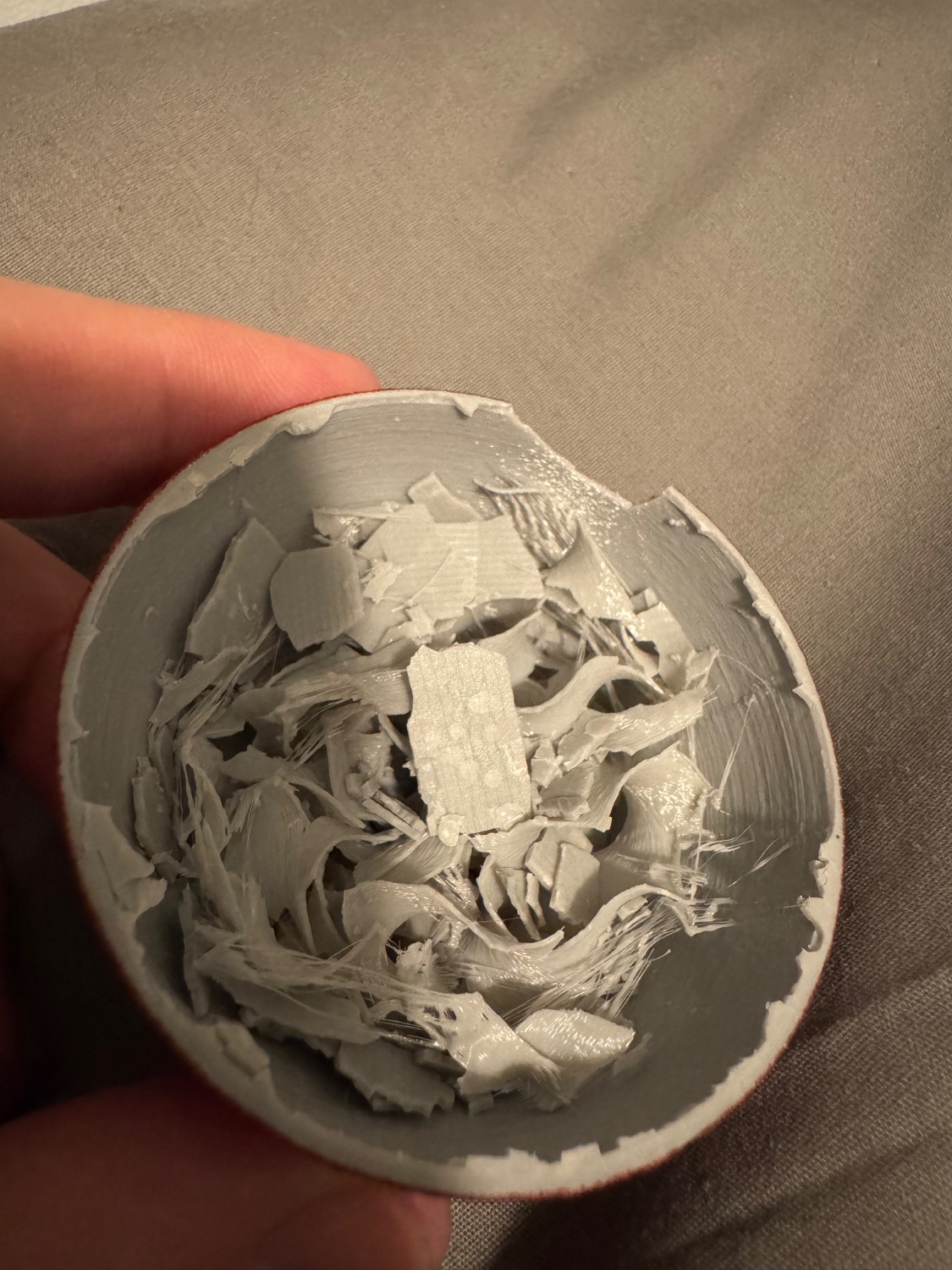3DPrinting
3DPrinting is a place where makers of all skill levels and walks of life can learn about and discuss 3D printing and development of 3D printed parts and devices.
The r/functionalprint community is now located at: [email protected] or [email protected]
There are CAD communities available at: [email protected] or [email protected]
Rules
-
No bigotry - including racism, sexism, ableism, homophobia, transphobia, or xenophobia. Code of Conduct.
-
Be respectful, especially when disagreeing. Everyone should feel welcome here.
-
No porn (NSFW prints are acceptable but must be marked NSFW)
-
No Ads / Spamming / Guerrilla Marketing
-
Do not create links to reddit
-
If you see an issue please flag it
-
No guns
-
No injury gore posts
If you need an easy way to host pictures, https://catbox.moe/ may be an option. Be ethical about what you post and donate if you are able or use this a lot. It is just an individual hosting content, not a company. The image embedding syntax for Lemmy is 
Moderation policy: Light, mostly invisible
view the rest of the comments

After reading a bit, it seems that you are correct. Under natural conditions PLA wont actually turn into non toxic compounds at all. Biodegradable just means that it can be theoretically done. The conditions necessary for it are however only available in industrial, heated and controlled composting systems. Without those conditions it will break apart but it will stay bad for the environment on a chemical level.
Just look up "PLA biodegradable test" on a search engine or youtube and you will find plenty of people that tested this.
PLA is considered non-toxic by itself already.
And while the biodegradability/compostability is indeed rather circumstantial, the much more important part is that it's a renewable, plant based plastic. Currently the most useful way to get rid of it is to incinerate it for energy, which ends up being rather carbon neutral as it just releases the carbon the plant material used for growing itself.